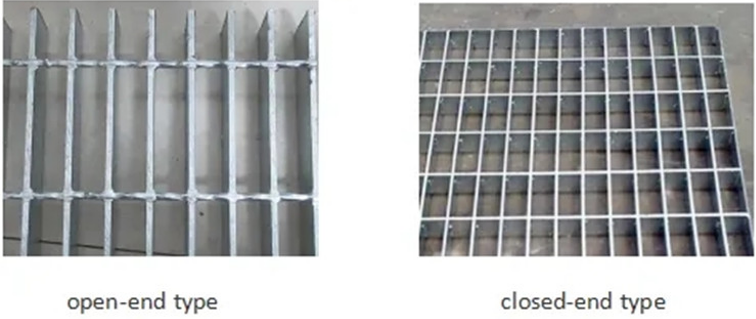Aug . 19, 2024 01:38 Back to list
Top Quality Scaffolding Planks for Reliable Construction Projects
The Best Scaffold Plank Products Ensuring Safety and Efficiency in Construction
When it comes to construction and renovation, scaffolding is an essential element that facilitates safe and efficient access to elevated work areas. Among the various components that make up scaffolding systems, scaffold planks play a crucial role in ensuring stability and safety for workers. Selecting the best scaffold plank product is vital for any construction project, as it directly affects productivity and worker safety. In this article, we will explore the key features and considerations when choosing the best scaffold plank products available in the market.
Importance of Quality in Scaffold Planks
Scaffold planks are typically made from various materials including wood, metal, and composite materials. The choice of material affects not only the weight capacity but also factors like durability, stability, and maintenance. The best scaffold planks are those that adhere to industry safety standards, such as those set by the American National Standards Institute (ANSI) and the Occupational Safety and Health Administration (OSHA). These standards ensure that the planks can support the required load without risk of failure, reducing the likelihood of accidents on the worksite.
Types of Scaffold Planks
1. Wooden Scaffold Planks Traditionally, wooden planks, often made from hardwood, have been popular due to their natural strength and flexibility. When choosing wooden planks, it is essential to ensure they are free from knots and defects that could compromise their integrity. However, wooden planks may require regular maintenance and can be susceptible to weathering and rot if not properly treated.
2. Metal Scaffold Planks Often constructed from aluminum or steel, metal planks are known for their durability and longevity. They are resistant to environmental damage and have a higher weight capacity compared to wooden planks. Metal scaffolding systems tend to be lighter and easier to install, making them a favorite in industrial and commercial settings.
3. Composite Scaffold Planks A newer innovation in scaffold plank technology, composite planks offer the best of both worlds. Made from a blend of materials, these planks are lightweight, durable, and resistant to moisture and chemicals. Composite planks also typically come with non-slip surfaces, enhancing safety for workers.
best scaffold plank product

Key Features to Consider
When looking for the best scaffold plank products, there are several features to keep in mind
- Load Capacity Determine the maximum load the planks can handle to ensure they are suitable for the intended use. - Length and Width Scaffold planks come in various sizes. Choose the ones that best fit your scaffolding system and work needs.
- Surface Finish Non-slip surfaces enhance worker safety, particularly in wet conditions. Look for planks with anti-slip textures or coatings.
- Compliance with Standards Always check for compliance with OSHA and ANSI standards to ensure safety and reliability.
- Maintenance Requirements Consider the level of maintenance needed for different materials. Some may require regular inspections and treatments to prolong lifespan.
Conclusion
In conclusion, selecting the best scaffold plank products is critical for ensuring safety and efficiency on construction sites. Whether opting for traditional wooden planks, robust metal options, or innovative composite materials, it is essential to consider factors such as load capacity, size, surface treatment, and compliance with safety standards. Investing in high-quality scaffold planks not only safeguards the health of workers but also contributes to the overall success of the project, enabling teams to work effectively and confidently at height. As the construction industry continues to evolve, staying informed about the latest advancements in scaffold plank technology will help ensure the best choices for every job.
-
Hop Dipped Galvanized/PVC Coated Temporary Fence - Anping County Xingzhi Metal Wiremesh Products Co., Ltd.|Temporary Fencing Solutions, Durable Security Products
NewsJul.30,2025
-
Hop Dipped Galvanized/PVC Coated Temporary Fence-Anping Xingzhi|Durability&Cost-Effective
NewsJul.30,2025
-
Hop-Dipped Galvanized PVC Fence - Anping Xingzhi | Durable, Quick Deployment
NewsJul.30,2025
-
Hop Dipped Galvanized/PVC Coated Temporary Fence - Anping County Xingzhi|Temporary Fencing, Durable Security, Customization
NewsJul.30,2025
-
Hop Dipped Galvanized PVC Coated Temporary Fences - Anping County Xingzhi|Durable Corrosion Resistance, Quick Installation
NewsJul.30,2025
-
Hop Dipped Galvanized / PVC Coated Temporary Fence - Anping County Xingzhi Metal Wiremesh Products Co., Ltd|Durable Temporary Fencing&Versatile Applications
NewsJul.30,2025



